1867 The Gower Cockle Basket is a basket which until 2017 I had heard about but never seen. I was asked to work with the organisation the Gower Landscape Partnership to run a series of Rural Skills Workshops leading up to the possible recreation of the Gower Cockle Basket. From my research I discovered that there were actually 2 distinct styles of Cockle Baskets. A very large hazel frame basket (prewar, hazel, made by local men for cockle picking families) of which smaller, more rounded versions were also made and then a large, later, oval stake and strand basket made from willow and cane, these were made from around 1950 at Swansea Institute for the Blind and also by one of the basketmakers there, George Frost of Bishopston, who also made the baskets at home in his spare time. The National Museum of Wales holds a reproduction Frame basket (made of hazel and cane) and a very damaged Stake and Strand basket. During the research period we have found 2 frame baskets and a stake and strand basket. The Gower Cockle Basket hasn’t been made since around 1973 and there is no living person who knows how to make them, as far as we know, so the skills could not be directly handed down. The process of recreating the basket has been to copy an existing basket which was loaned to us for the project. Research process My first step in the research, of course, was to search the internet for images and information relating to the Gower Cockle basket. This became quite complicated and confusing with many different images being available, some not even from Wales. I roughly sorted the images into date order and then realised that the 2 different cockle baskets were probably from different times with the frame basket being older. I visited Helen Campbell in Login, Carmarthenshire who has undertaken extensive research into Welsh Baskets - although not much relating to this specific basket. She gave me photographs, 2 Laugharne Cockle Baskets (made of split willow) to look at, sketches and handwritten notes about the basket. She had also made a reproduction frame cockle basket herself from willow. One of the photographs she gave me was of a large frame basket of split wood construction, we have tried to track this one down but sadly it seems to have been lost. My next visit was to the National Museum of Wales which holds 2 cockle baskets, a reproduction large frame basket made of cane in 1969 by David Davies of Penclawdd and a very damaged, original stake and strand basket. I took a lot of photographs and dimensions during this visit so that I was able to study carefully and begin to understand the construction of the frame basket. At this stage, when faced with 2 different styles of baskets both recorded as Penclawdd cockle baskets I realised a lot more research was going to be needed. I applied to the Basketmaker’s Association for a bursary which would help with travel and other expenses which was duly granted and which I am very grateful for. Gower Landscape Partnership (GLP) Courses The GLP courses I had planned were designed to build students skills towards being able to weave a cockle basket. They were a mixture of frame basket skills, stake and strand basket skills and some other courses which would teach skills which would have been in regular use in rural areas during history on the Gower such as hurdling, shelter building and also recreating a simple fish trap. There is archeological evidence of a large bank of fish traps in Swansea Bay which is called the “Swansea Fish Trap’ - but that is another story! On one of these initial basketmaking courses I was lucky enough to meet a student called Suzy Mayhew. Suzy was to become my local connection with the Gower and Penclawdd and from this point the research really took off. Suzy arranged for me to visit the son of a Cockle Picker, Huw Thomas. Huw arranged for me to meet Jeff Williams, who owns one of the 3 remaining cockle factories in Penclawdd, and Dulcie and Randall Thomas. Through these wonderful people I discovered more about the hazel frame basket and to my delight Dulcie had one which her father had made and which she has loaned to me for the project. This is a beautiful basket which was smaller than the large baskets taken to the sands for gathering cockles and was an arm basket used for selling cockles door to door. It had a fancy skeined handle for catching the eye of the cockle buyer.
Recreating the Cockle Basket This was the how the 4 day course ran: Cutting Hazel - we visited Morlais Woods in November when the leaves had dropped. This is where the original hazel was cut for the baskets. The hazel for stripping needs to be slow growing from North facing slopes so that the growth rings are fine and even. Conditioning hazel - we then left the hazel to condition for a couple of months, simply stood upright in a barn. Constructing frames for baskets - The basket has a hazel frame. The handle forms a knot at the bottom which is tightly twisted to hold. The frame is made of two parts joined at the handle crossing point with two fine slypes which sit onto of each other (as opposed to next to each other which is how I have learned to make this join). This is to allow the initial hazel strip which is making the knot to be held between the slypes before making the knot. Constructing a frame Basket - Before the students embarked on weaving their own baskets it was important that they understood the construction of the frame basket. We studied the original cockle basket and mocked up mini versions of the basket from willow. Stripping fine strips from Hazel rods for weaving and ribs - Raising hazel strips from rods is a very physical activity which needs a lot of practice to master. The hazel rod is bent and manipulated either over the knee or a forma in order to encourage the growth rings to separate lengthwise down the rod. Once you can ‘feel’ this has happened a small knick is made in the rod and you run your finger behind the strip and encourage it to lift off. This is repeated around the rod until only the central core is left which is used to make the ribs of the basket. The strips are then ‘dressed’, shaved thinly and evenly with a knife in order for them to be weavable. Students had differing levels of success with this process but everyone managed to make some strips to weave into their baskets. 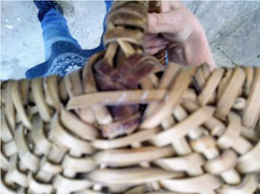 Tying the Penclawdd Knot (unique to this basket) - The knot which ties the handle to the frame is unique and different from any other basket I have seen. There is a fairly simple cross beginning but then the end of the strip is used to wrap the first 6 ribs in place from the beginning using an overwrap method. This is very efficient in setting the shape of the basket right from the start. Weaving the Hazel Frame basket The students set up their frame baskets and used a jig which I had made to set the ribs in similar positions to Dulcie’s and then wove the baskets to the end. The first Cockle Baskets to be woven on the Gower since around the Mid 1970’s have been made as part of this project and probably the first ever to be made by a woman! Huge thanks go to everyone who helped with the project:
The Gower Landscape Partnership Helen Campbell Suzy Mayhew Dulcie and Randall Thomas Huw Thomas Jeff Williams Kaye Beynon All the students involved in the project Penclawdd Pensioners The family of George Frost Jo McGaughey Gareth Beech at St Fagans Pascal Lafargue at St Fagans Margaret ap Gwent of the Gower Society
4 Comments
Amanda
2/28/2020 06:43:14 am
Hi, I tried to post this earlier but I didn’t succeed!
Reply
Emily Davies
6/23/2022 02:51:34 pm
Lovely too see photos of my family on this website including my great grandmother in the first photo and my great Aunty and Uncle with a basket outside their house!
Reply
Leave a Reply. |
AuthorI am a Welsh basket maker, weaving and teaching in South Wales, everything from traditional welsh 'cyntells' to woven sidecars! Archives
April 2020
Categories |
Services |
Company |
|

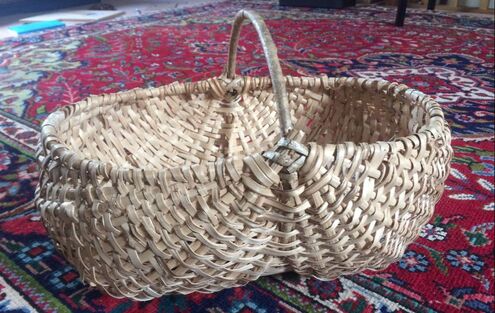
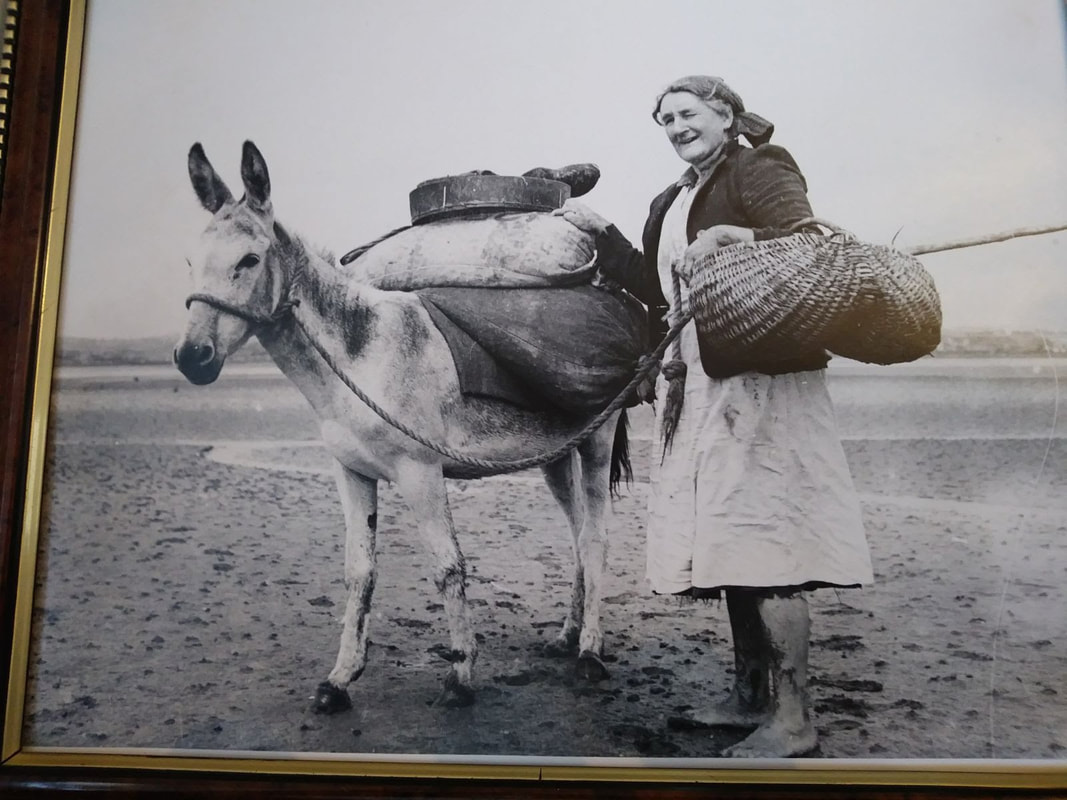
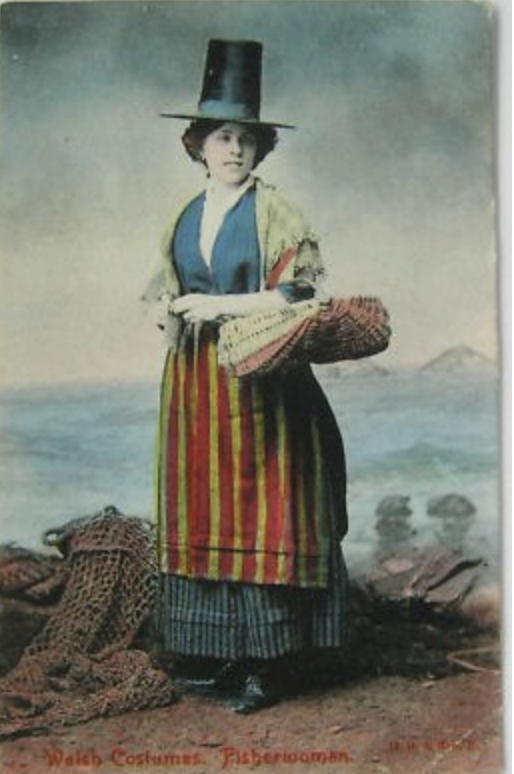
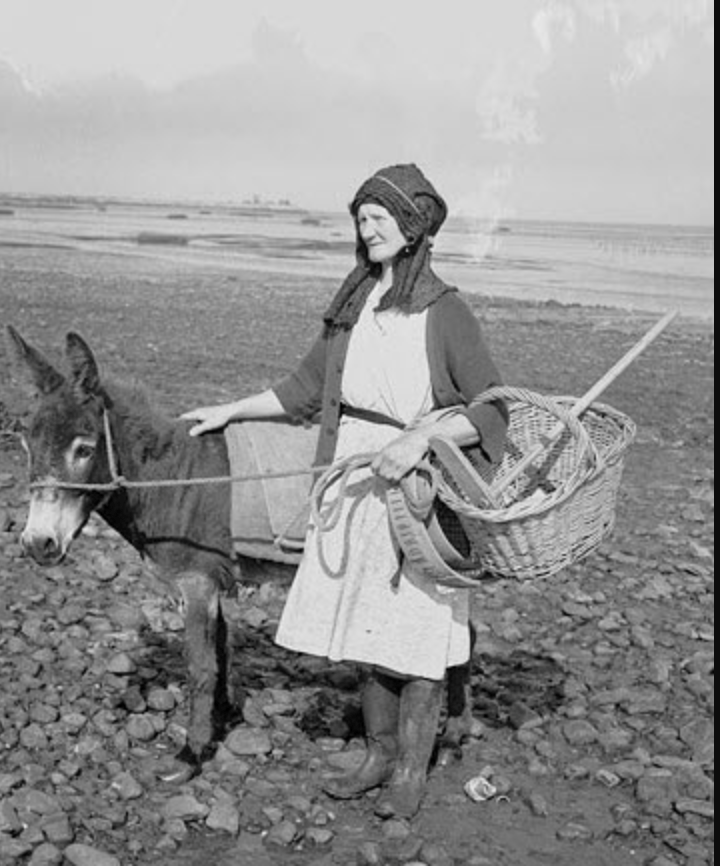
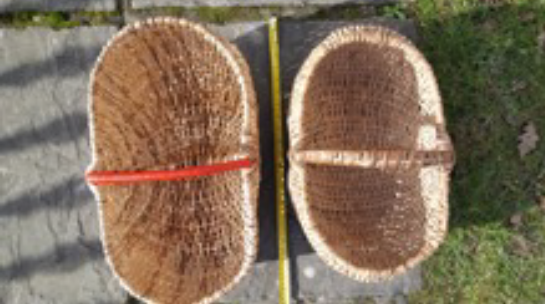
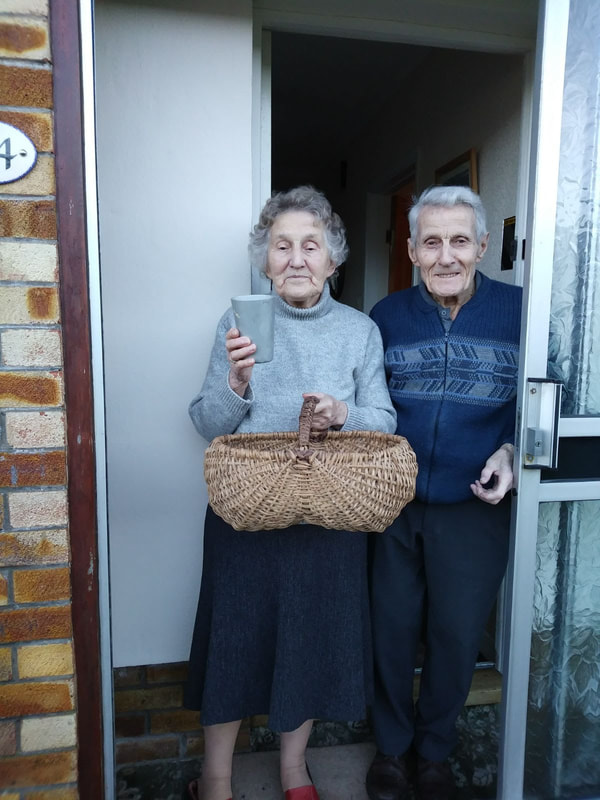
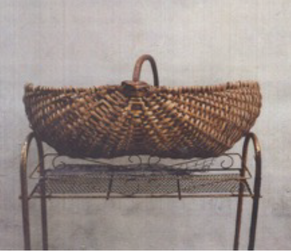
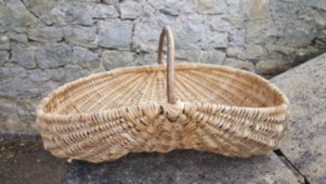






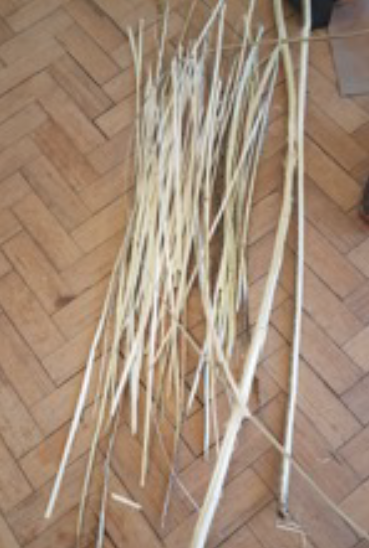
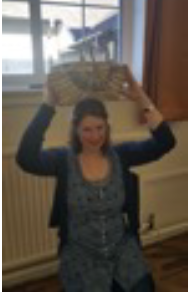
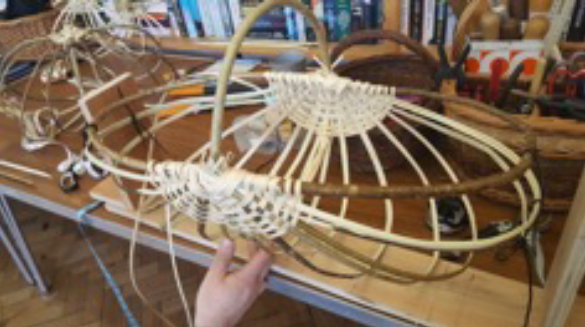
 RSS Feed
RSS Feed
